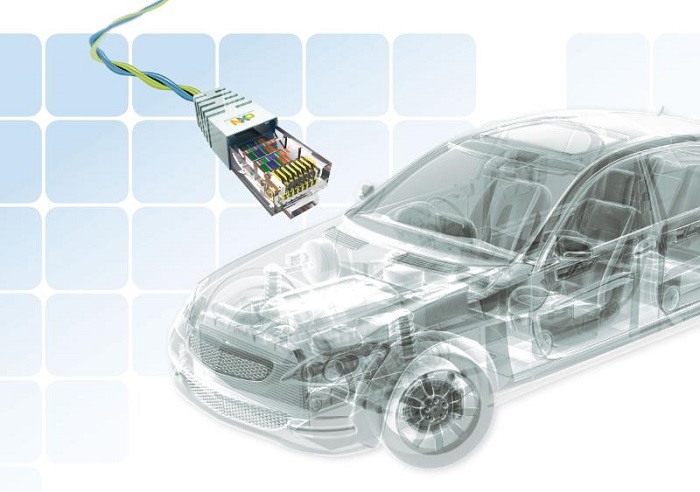
New automotive power-over-Ethernet standard extends wattage range
Single pair Ethernet was initially developed to support automotive manufacturer’s increasing demand for Ethernet connectivity in vehicles, and IEEE 802.3bu-2016 defines specifications and parameters for adding up to 60 W of power to that cabling.
The standard supports the latest single balanced twisted-pair Ethernet physical layers, 100BASE-T1 and 1000BASE-T1, using unshielded twisted-pair cable—a relatively low-cost cabling solution for the automotive industry resulting in reduced weight and cost, and increased reliability due to the need for fewer cables and connectors in automotive applications.
“The IEEE 802.3bu project was initiated due to the increased utilization of Ethernet in automobiles in a single pair configuration. It also holds a good deal of promise for further applicability across a wide range of industries and within a rapidly growing Internet of Things ecosystem,” said Dan Dove, chair of the IEEE P802.3bu Task Force.
“The standard defines a power delivery protocol that supports multiple voltages, and multiple classes of power delivery at each voltage, with assured fault protection and detection capabilities for identifying device signatures, as well as communicating directly with devices to determine accurate and safe power delivery.”
The original IEEE 802.3af-2003 PoE standard provides up to 15.4 W of DC power, while PoE+ (IEEE 802.3at-2009) supports up to 25.5 W. The proposed IEEE 802.3bt would support 55 W and 90-100 W using all four twisted pair cables in a network.






